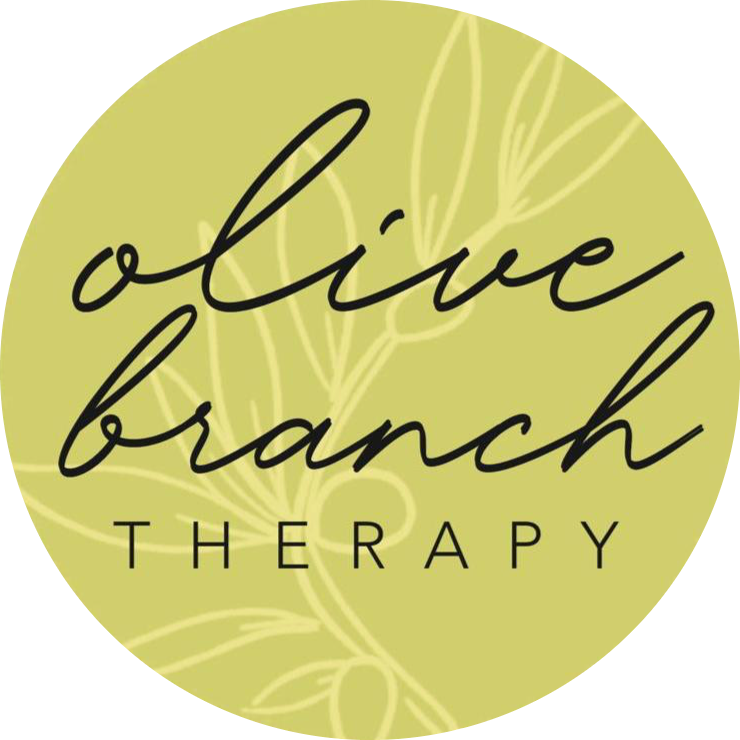Sometimes, it seems like there are two types of people in the world – people who love fall and people who don’t. For some, fall is an action packed time full of leaves, cool air, and warm beverages. For others, it’s a grim reminder that summer is over and winter is around the corner. No matter what your feelings on this season are, fall can be a nice opportunity to prepare ourselves for the colder months. Not only is fall a time when there are lots of activities to do, like pumpkin picking, foliage watching, haunted hayrides, it’s also the perfect time to add some extra coziness to your life.
Did you know that it’s actually good for your health to be cozy? Creating a cozy environment can help you be more present in the moment, improve your self-care practice, and decrease your body’s stress response. October 10th is World Mental Health Day, which is perfect timing. Fall is the perfect time to tend to your mental health and get cozy mentally and physically.
Notice How Your Space Makes You Feel
When you’re at home, how do you feel? Does your space make you feel relaxed or tense?
Feeling safe is no small matter. When we feel safe, our body senses that it’s safe to calm down and stop looking for perceived threats. It’s exhausting to always be on edge, emotionally and physically. Our minds and bodies spend a lot of time on edge when we deal with mental illness, so giving yourself a dedicated space to come down from that edge can be a game-changer.
If you typically see the colder months as a time to hurry through, reframing fall as a season of hygge might help you enjoy the season more. If fall is your favorite time of year, try to make it even more special this year by finding ways to build in some coziness for yourself.
How Seasonal Affective Disorder Impacts Fall Coziness
Folks with Seasonal Affective Disorder might find that fall is hard to enjoy because the season of depression is right around the corner. If that’s the case for you, fall is the perfect time to make some plans for yourself for when you’re in that darker place. Can you buy a therapy lamp? What about making some plans with close friends ahead of time so you have something to look forward to? Can you sign up for an online class or community group so you have a distraction from the stress of SAD? Try to imagine what scenarios usually come up for you in the winter that leave you not feeling great. Is there anything you can do right now to make it easier for your future self when that moment comes?
Try Hygge
There’s a concept that comes from Denmark called hygge (which is actually pronounced hoo-ga, if you’re wondering). Hygge is a word that Danish folks use to describe a lifestyle with a focus on comfort, coziness, and peace. Basically, it means to create and enjoy a warm atmosphere in which to enjoy your life. Doesn’t that sound nice? Researchers have found that Denmark has one of the happiest populations in the world, so they’re definitely doing something right!
Practicing hygge comes in many forms. Slowing down, embracing self-care and self-compassion, connecting with nature, spending time with loved ones, and being mindful of the moment are all ways to infuse hygge into your life.
Get Organized
If you’re up for it, try to spend some time in this transitional season decluttering and organizing your things so there’s less mess-stress. Clutter can cause extra stress, which you probably aren’t looking for. This is a great time to Marie Kondo your winter clothes and gear so you’re ready with exactly what you need when the cold comes (and nothing you don’t need). That’s right – it’s time to get rid of that one mismatched glove you’ve been holding onto for five years just in case the match turns up.
Use Your Senses
How can you make coziness a sensory experience? Try using each of your senses to build up the sense of coziness in your life and home. For touch, try layering different textures in your home, like blankets and pillows, so you always have somewhere comfortable to rest. Weighted blankets are a great option for an extra level of touch.
What would be comforting to hear? Maybe the crackling of a fire, a meditation playlist, a podcast, or playing a favorite album. Maybe it’s old home movies, or a voicemail from your best friend.
Smell and taste could include making a batch of warm cider, drinking a pumpkin spice coffee, or enjoying some maple baked goods. If fall flavors aren’t your thing, that’s fine! Enjoy whatever sounds good to you. Cooking can be a mindful, relaxing way to incorporate multiple senses. Aromatherapy is a perfect way to use your sense of smell to influence your mood. Essential oils can be found pretty much everywhere these days, if you want to give it a try.
For sight, try creating some mood lighting with different types of lamps and bulbs. You can get color changing bulbs that also work as white light so you can adjust the lighting in your space at a moment’s notice. Other things that tend to make a space cozy visually are plants, art and decor, and twinkle lights, to name a few.
Design Your Space for Comfort
In a world where it seems like everything has to be Instagram-worthy, it can be immensely freeing to design your space for comfort instead of aesthetics. (It’s also okay to try to incorporate both, if that’s important to you!) What about your living space could be changed to better support your mental health? Do you need to rearrange some furniture? Buy some blackout curtains so you can get better sleep? It can also be comforting to have pictures around your place of your friends and family, and any past adventures you’ve taken.
Spending time actively cozy-ing up your life can be a helpful way to ease into the colder days of fall, and get you ready emotionally and physically for winter. Making your space as cozy and welcoming as possible can be helpful for your mental health, as it can decrease stress and increase feelings of calm. If you’re looking for more ways to support your mental health, get in touch with our office today to find a therapist who can help you. Reach out today by visiting our website.
Noreen Iqbal, LCSW is the owner and director of the Olive Branch Therapy Group. Noreen works with adolescents, young adults, adults, families and couples. If you are interested in working with Noreen, contact us via email, phone or chat on our website.



